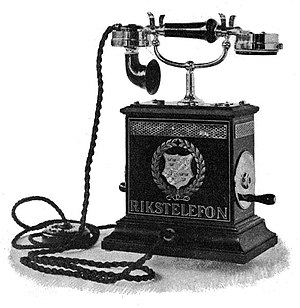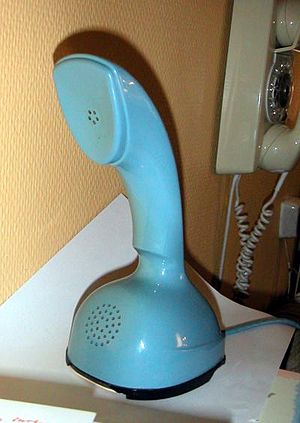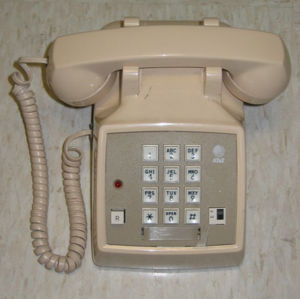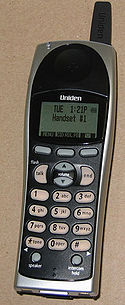Talk:Telephone
Removed these Wikipedia images:


Telephony over IP vs. Voice over IP
Before reading this article, I had never run into the term "telephony over IP", and I worked with digital telephony well before it. Unless there is an authoritative term for ToIP, I recommend doing away with it and staying with VoIP, which is the term in all standards with which I am familiar. Howard C. Berkowitz 14:55, 25 July 2008 (CDT)
Looking in the article history, I see ToIP mentioned as differentiated from VoIP as not having to run over the public Internet, but, in practice, most commercial VoIP does not run over the same network as commercial Internet services. They share a common optical transmission infrastructure, but the VoIP channels are variously in different multiplexed subchannels, or operate in different IP virtual private networks (VPN) engineered to deliver the quality of service required for VoIP. ~VoIP may connect to a common "end office" (twisted pair) or "head end" (cable TV), but the services usually separate at that point. Howard C. Berkowitz



